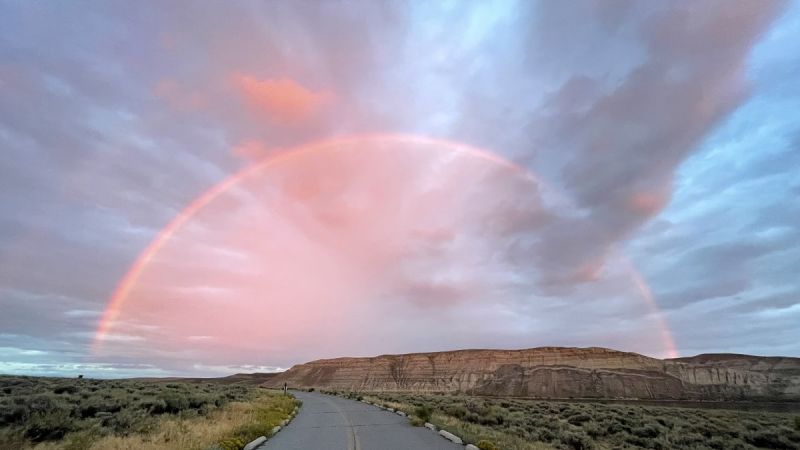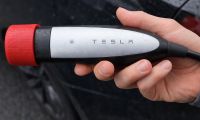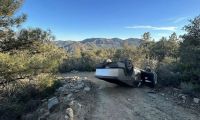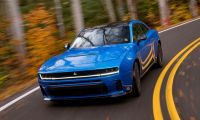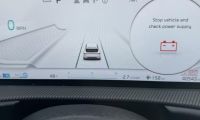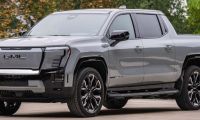The Howard Center for Investigative Journalism at Arizona State University has just produced a study that offers a stark look at just how disruptive battery-electric vehicle production will be for America's drought-prone Southwest. The upshot of the study’s conclusions is that American lithium mining will consume many billions of fresh water from an ecosystem already in crisis.
As America shifts away from liquid fuel vehicles, the path ahead seems pointed toward battery-electric vehicles (BEVs). The majority of the cost associated with such vehicles is related to the battery production cost. That starts with mining. If America is to take the BEV path, an honest discussion about the disruption such mining will cause needs to begin very soon.
The study was conducted by 11 graduate and four undergraduate students at the Howard Center for Investigative Journalism at Arizona State University’s Walter Cronkite School of Journalism and Mass Communication. The study examined the nation’s sole lithium mine’s operation underway now, its proposed expansion, and the addition of about a dozen more such mines, primarily located in the southwestern United States (which is where the nation’s known lithium deposits are concentrated).
The study concludes:
-Lithium mining will consume billions upon billions of gallons of water annually.
-Lithium mining will intrude on Native American land.
-There are no federal rules governing how much water any type of mine can consume.
-America's sole commercial lithium mine in operation today is responsible for drying up nearby monitoring wells, according to reports from Nevada's largest water authority.
-The vast majority of proposed lithium projects responding to calls for increased supplies of domestic lithium are, in fact, owned by foreign companies or their subsidiaries.
-Most of the proposed lithium projects in the U.S. intend to take water from already stressed sources like the Colorado River or strained groundwater systems.
-Federal authority to stop mines from extracting minerals, even from public land, is weak. The Department of the Interior, in more than 20 years, has not rejected a mining permit due to the harm a mine could cause.
-The federal government approved plans for a future lithium mine, even after its operators disclosed it would create 272 million metric tons of 'tailings' containing toxic waste.
The study was highlighted by a PBS NewsHour segment that went on-site to explore this topic. The PBS segment cast the proposed expansion of lithium mining, and also the current single operational mine, in a very negative light. Please view the segment yourself to draw your own conclusions.
Battery-electric vehicles are significantly more expensive than similarly-sized mainstream liquid-fueled vehicles. This is primarily due to the high cost of EV battery production. Subsidies for electric vehicles, paid for using the federal tax code, now point to ever more rigorous mandates for U.S-based materials and parts sourcing. That means more lithium mines. In the study, the number of mines in operation now, proposed, and on track for development are explained in detail.
Battery-electric vehicles employ very large batteries, enabling ranges of 250 to 400 miles. These very large batteries are used even though most Americans don't drive anywhere near that amount of miles in a given day. Green vehicle solutions that require significantly less wasted excess battery capacity are plug-in hybrid-electric vehicles or hybrid-electric vehicles.
You can jump to the study’s summary page here.
John Goreham is an experienced New England Motor Press Association member and expert vehicle tester. John completed an engineering program with a focus on electric vehicles, followed by two decades of work in high-tech, biopharma, and the automotive supply chain before becoming a news contributor. In addition to his eleven years of work at Torque News, John has published thousands of articles and reviews at American news outlets. He is known for offering unfiltered opinions on vehicle topics. You can follow John on Twitter, and connect with him at Linkedin.
Image of desert Southwest by Maximus Goreham. Re-use with permission only.



